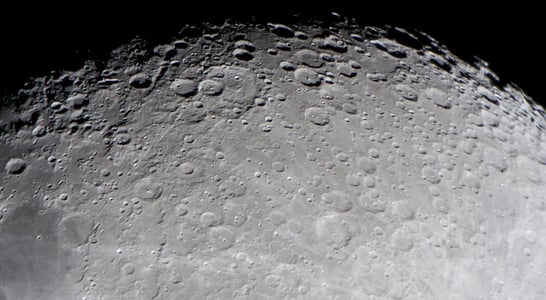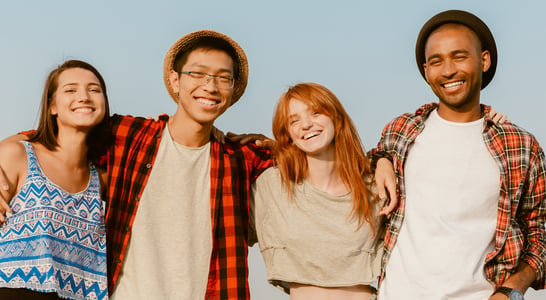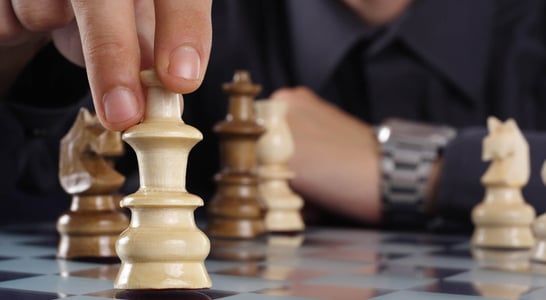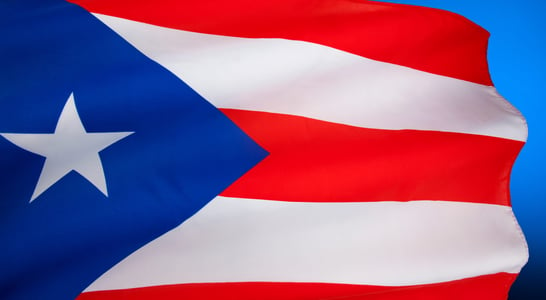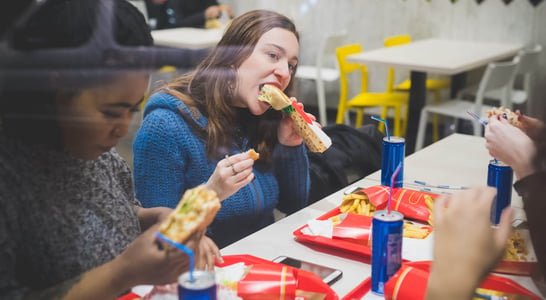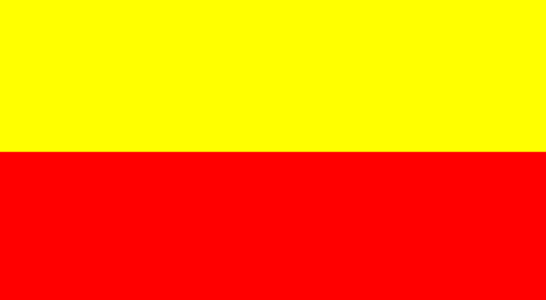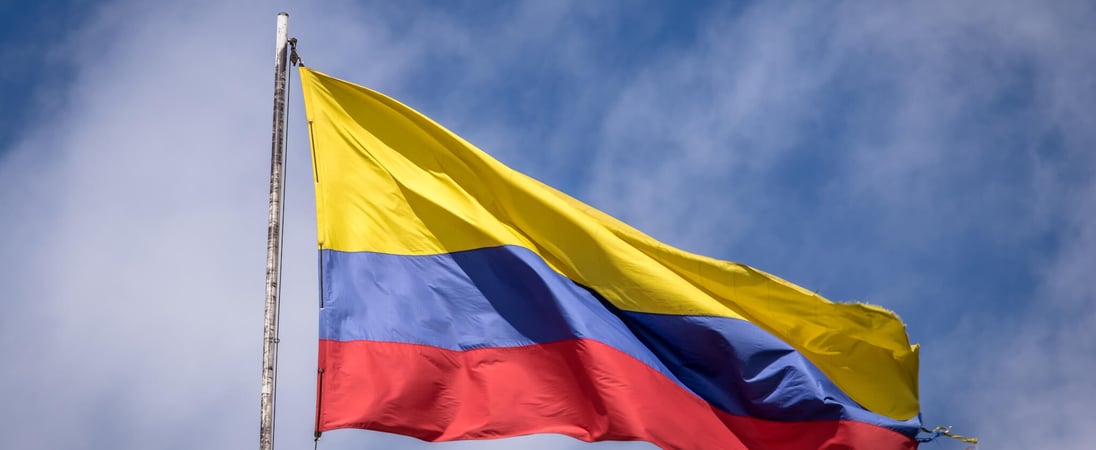
Colombia’s Independence Day
Exploring the vibrant spirit of a nation's autonomy, uncovering the resilience and cultural richness embedded in Colombia's history.
Colombia’s Independence Day is a day full of vibrant and joyful celebrations, as one might expect from the diverse, high-spirited, and fun-loving people of the South American nation.
This day is an incredible reminder of the country’s rich and storied history and the spirited journey toward gaining its freedom from its Spanish rulers. Celebrations are full of national pride, cultural reflection, and jubilant festivities. The irresistible celebrations invite Colombians and admirers of their culture to join in and have some fun.
History of Colombia’s Independence Day
The roots of Colombia Independence Day trace back to the early 19th century, a pivotal era in Latin American history. The first Spaniards landed in Colombia in 1499 and established their first permanent settlement in 1510, San Sebastián de Urabá.
Over the centuries, the Spanish kept tight control over the region they had named The Viceroyalty of New Granada. As Spanish influence in South America grew, so did the resentment among the colonies. Things considerably worsened under King Charles III’s rule from 1759 to 1788. The Spanish imposed strict trade restrictions and heavy taxation, further fueling the colonies’ desire to escape the rule of Spain.
The real thirst for Colombian independence came from Europe’s political turmoil, particularly during the Napoleonic wars. Napoleon’s overthrow of Spain’s government in 1808 – and the installation of his own brother as the new King of Spain – gave Colombians the perfect opportunity. Criollos, natives of Spanish descent born in the colonies, knew the chaos gave them their best chance to overthrow Spanish authority. The movement gained momentum with various uprisings and soon established juntas, or military governments, across Colombia.
The event that began Colombia’s final fight for independence occurred on July 20, 1810, in Santa Fe de Bogota, the then viceroyalty’s capital. A planned act of defiance against a local businessman, José González Llorente, led to widespread riots in Bogota and the establishment of a Junta that afternoon. This rebellion sparked similar movements across Latin America. The uprisings led to the formation of the Republic of Gran Colombia, which included present-day Colombia, Ecuador, Panama, Venezuela, parts of northern Peru, and northwestern Brazil.
How to Celebrate Colombia’s Independence Day
Celebrating Colombia’s Independence Day can be a fun and colorful experience, whether in Colombia or honoring the day from abroad. Here are some suggestions to make the most of Colombia’s Independence Day:
Host a Bandeja Paisa Feast
Dive deeper into Colombia’s culinary delights by preparing or enjoying Bandeja Paisa. This is one of Colombia’s favorite dishes. It is as flavorful as it is filling. This decadent platter includes minced meat, white rice, red beans, fried eggs, plantains, pork, and avocado. It’s a marvelous way to get a yummy taste of Colombian culture.
Play Tejo
Embrace traditional Colombian games by playing Tejo, a unique sport – a little like cornhole with a unique twist. In Colombia, players throw metal disks at explosive targets (but it’s strongly recommended to stick with cornhole to stay safer). It’s fun, competitive, and a great way to have a friendly competition with friends and family members.
Face Painting and Dress-Up
Show off some Colombian pride by facepainting with the national colors of yellow, blue, and red. Wearing the Colombian football jersey is another fun way to express solidarity and join in the festive spirit.
Dance to Colombian Music
Colombia is known for its lively, upbeat music. Download a playlist of traditional folk music, cumbia, vallenato, or salsa. Their joyful dancing is a key part of Colombian cultural celebrations.
Learn About Colombian History
Take a few minutes to learn a bit more about Colombia’s journey to independence — it’s really a rather exciting story. Understanding the nation’s history adds depth to the celebration and honors those who fought for their homeland’s freedom.
Virtual Celebrations of Colombia’s Independence Day
Not in Colombia? Consider attending a virtual celebration. Attendees at these events often share music, recipes, and stories about Colombian culture with friends and family via the Internet.
Community Parades and Events
Participate in any local parades or cultural events the Colombian diaspora is passionate about this day. These gatherings often feature music, dance, and traditional Colombian attire. They can be an eye-opening, fun experience.
Colombian Arts and Crafts
Try making Colombian-themed crafts, such as miniature replicas of iconic Colombian landmarks, or drawing and coloring the yellow, blue, and red Colombian flag. It’s an excellent activity for families and those wanting to explore their artistic side.
Colombia’s Independence Day celebrates both its rich history and the vibrant cultural scene that continues to inspire and unite people around the world. So, gather friends and family, add some flair to the day, and create a unique tribute to commemorate this significant day in Colombian history.
Also on ...
View all holidaysNational Moon Day
The celestial body that brightens up our nightscape with its enigmatic glow and phases, inspiring poets, artists, and scientists alike.
National Ice Cream Day
Scoops of frozen delight that can cool you down on the hottest of days, and come in endless flavors and toppings.
International Chess Day
Join a chess club, challenge a friend or family member to a game, sign up for a tournament or start learning on your own against a computer or online player.
We think you may also like...
Santa’s List Day
Imagine being Santa, knowing who's been naughty or nice. Bring cheer to your family this Christmas season by making it to the nice list!
Discovery of Puerto Rico Day
An island of rich culture and vibrant life, where the splendor of the Caribbean unfolds in every facet of existence.
